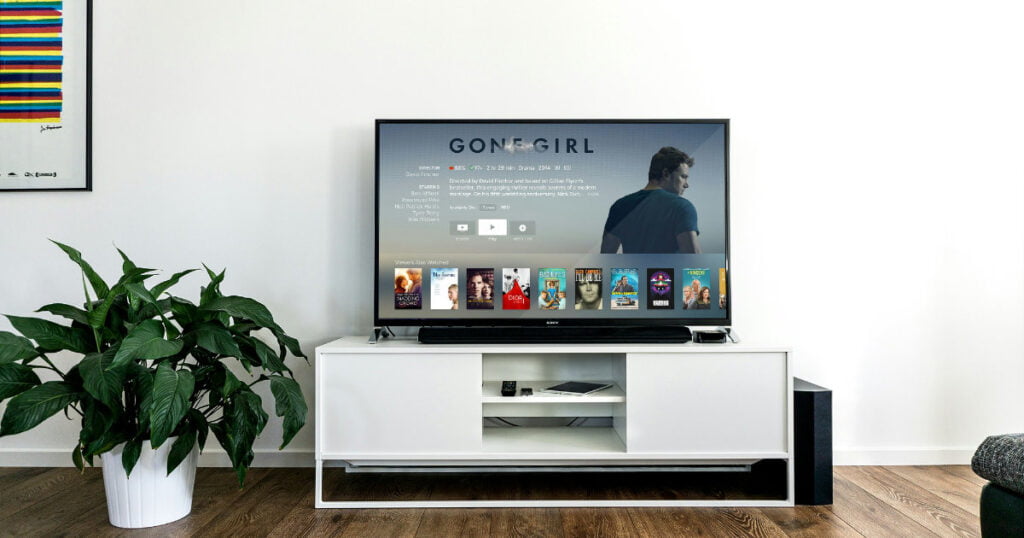VFX in Television: Crafting Imaginary Worlds


Alright, let’s dive into the world of VFX in TV. It’s not just the big blockbusters that get to have all the fun with visual effects – TV series are also creating some incredible imaginary worlds. From dragons flying over Westeros to spaceships zipping through galaxies, VFX is playing a crucial role in elevating television production to new heights.
The Evolution of VFX in TV Series
Remember the days when a TV show’s most advanced effect was a car chase with a shaky camera? Fast forward to now, and it’s a whole new world. TV series VFX has come a long way, evolving from basic effects to full-blown cinematic experiences. Take shows like “Game of Thrones” or “Stranger Things” – they’ve set a new benchmark for what’s possible on the small screen. We’re seeing a blend of practical and digital effects, making the impossible look oh-so-real.
It’s not just about dragons and demogorgons, though. Even everyday scenes are getting the VFX treatment to add depth or fix issues that pop up during filming. This shift is largely thanks to the tech advancements and software like Adobe After Effects and Autodesk Maya, which have become more accessible to TV production teams. Plus, with audiences expecting movie-quality visuals, TV producers are stepping up their game.
Behind the Scenes: The Making of TV VFX
So, how do these mind-blowing effects come to life? It’s a mix of creativity, tech, and a whole lot of teamwork. The process starts with pre-visualization, where artists and directors figure out how to integrate VFX into the story. Then, it’s over to the VFX team – a group of talented artists who use software to create and manipulate images. They work closely with directors and cinematographers to ensure the effects blend seamlessly with the live-action footage.
But it’s not all about the software. Practical effects, like miniatures and prosthetics, are still crucial. They provide a tangible element that helps ground the digital creations. For example, in a show like “The Mandalorian,” they use a mix of CGI and practical models to create those epic space scenes. This combination of old-school techniques with new-age tech is what gives TV series that extra punch.
The Impact of CGI on Television Storytelling
CGI isn’t just a cool tool for flashy visuals; it’s changing the way stories are told. With CGI, scriptwriters and directors aren’t limited by physical constraints. Want a character to fly? Done. Need a futuristic cityscape? No problem. This freedom opens up endless possibilities for storytelling, allowing for more complex and imaginative narratives.
But there’s more to it. CGI can also enhance emotional depth. By creating more immersive environments, viewers get pulled deeper into the story. Think about those heart-pounding moments in “Breaking Bad” or the emotional depth in “The Crown” – CGI plays a subtle yet powerful role in enhancing these moments, making them feel more real.
Future Trends: What’s Next for TV Series VFX?
As we look ahead, the future of TV series VFX is as bright as a supernova. We’re already seeing trends like virtual production and real-time VFX gaining traction. Shows like “The Mandalorian” are using LED walls to create dynamic backgrounds, changing the way scenes are shot. This not only saves time and money but also allows for more creative freedom during production.
Another big thing? AI and machine learning. These technologies are starting to play a role in VFX, making it faster and more efficient to create complex effects. Imagine AI algorithms that can generate realistic landscapes or crowds. This could mean more ambitious projects with tighter budgets and schedules. The line between what’s real and what’s CGI is going to get even blurrier, and that’s exciting for everyone who loves a good binge-watch.
Visual effects in television are not just about adding the wow factor; they’re transforming the very essence of storytelling on the small screen. From enhancing the narrative to creating unimaginable worlds, VFX plays a pivotal role in modern TV series. As technology continues to advance, we can only imagine what the future holds for this dynamic field.
Stepping into another realm of visual storytelling, let’s consider the ethical implications behind the magic of VFX. How do creators balance the line between awe-inspiring visuals and maintaining a story’s authenticity? This is a conversation we can’t afford to miss, especially as VFX continues to redefine our viewing experience.

Responses